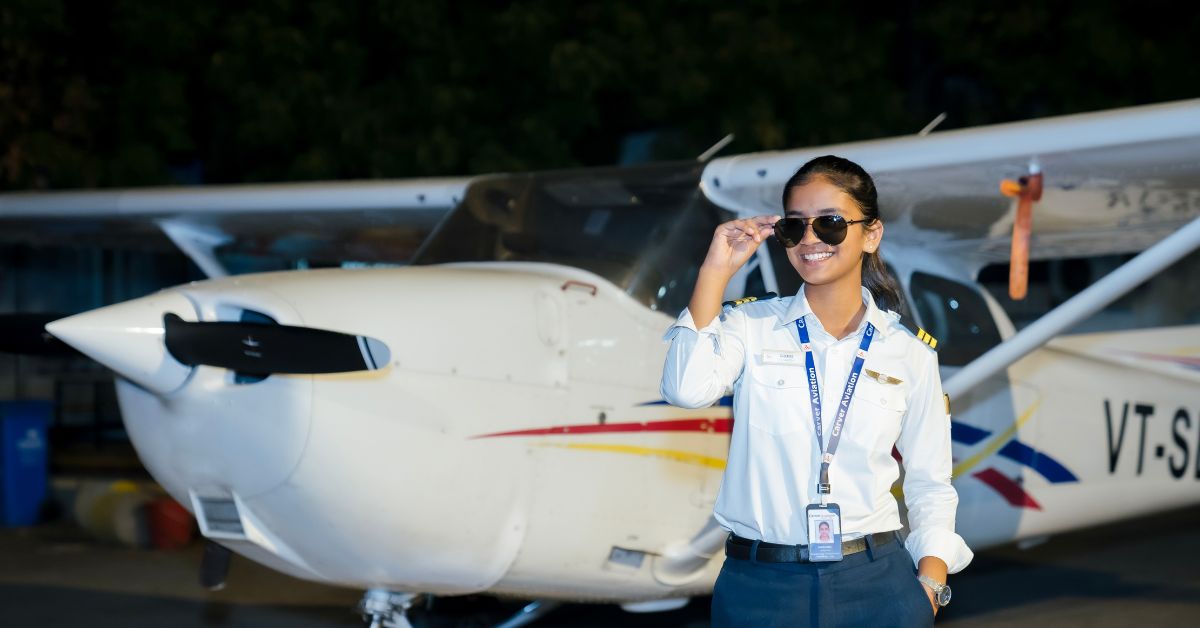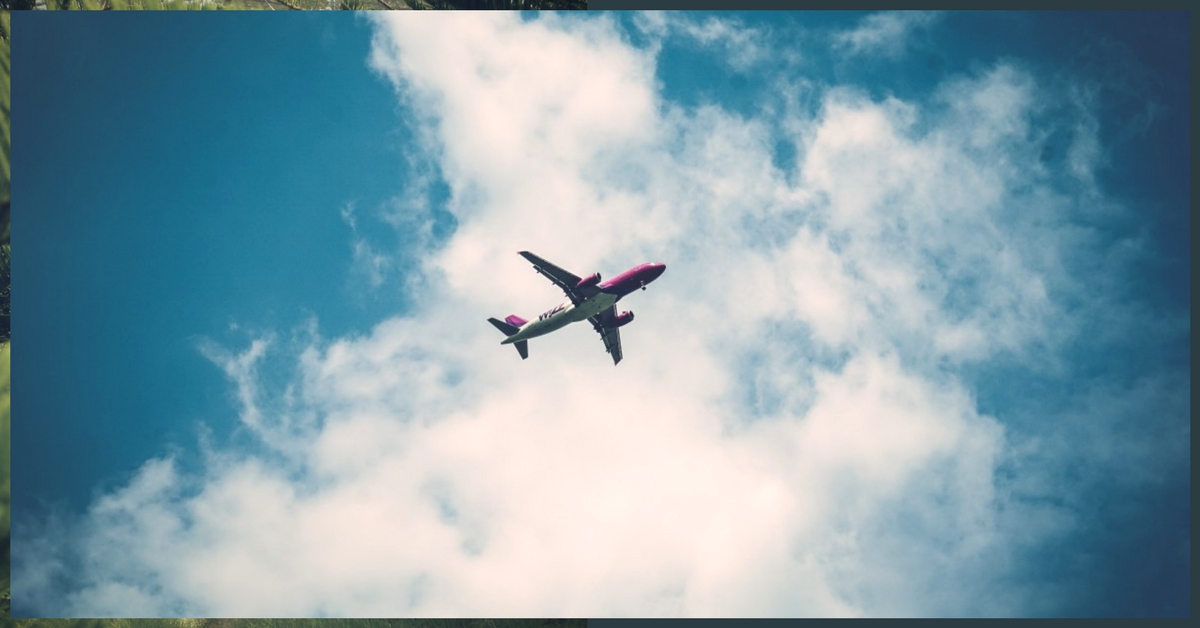19-YO Commercial Pilot Shares How to Start a Career in Aviation in India
Most of us think becoming a pilot demands deep pockets, years of study, or connections in the aviation world. But what if we told you that with the right roadmap, hard work, and unwavering passion, you could wear those coveted stripes too?
At just 19, Samaira Hullur from Karnataka became the youngest Indian to receive a Commercial Pilot License (CPL). She didn’t come from an aviation background, nor did she follow a fancy cadet programme. Instead, she charted her course with sheer dedication, a supportive family, and relentless effort.
Inspired by her story and others like hers, here’s a complete guide to becoming a commercial pilot in India, demystifying the process, sharing cost breakdowns, listing schools and offering expert insights along the way.
1. Start from school – what you need in 10+2
To qualify for flight training, you must complete Class 12 with Physics, Chemistry and Mathematics (PCM). Most flying schools expect a minimum of 50 per cent marks in PCM and around 40 to 50 per cent overall.
If you’re already done with school but didn’t have PCM, don’t worry, you can appear for NIOS (National Institute of Open Schooling) or take bridge courses to meet eligibility.
2. Clear your DGCA ground exams
After your Class 12, the next big milestone is joining a Directorate General of Civil Aviation (DGCA)-approved Flying Training Organisation (FTO) for ground school. Here, you’ll need to pass six theory papers:
- Air regulations
- Aviation meteorology
- Air navigation
- Technical general
- Technical specific
- Radio telephony (cleared separately via Wireless Planning and Coordination (WPC)
 Samaira was able to clear her exams in the first attempt.
Samaira was able to clear her exams in the first attempt.
Samaira passed all her ground exams in one go, waiting only to turn 18 to qualify for the radio exam. “Most people need more than one attempt, but I had enough time during COVID to prepare,” she shared.
These exams require a minimum of 70 per cent marks, and many students take six to 12 months to clear them.
3. Clock in 200 Hours of Flying
To qualify for the CPL, every aspiring pilot must complete at least 200 flying hours, including:
- Dual and solo flights
- Cross-country flying
- Instrument flying
- Night flying
Samaira flew her first solo at just 28 hours, much earlier than the average of 36 hours. “When the instructor told me to go solo, I was nervous but excited. And I landed perfectly,” she recalled.
You’ll train in small aircraft like Cessna 152 or 172, building your confidence to begin with.
4. Obtain the Commercial Pilot License (CPL)
After successfully logging 200 flying hours and clearing your exams, you’ll be eligible to apply for a CPL from the DGCA. Please note that you need to be above 18 years of age to be eligible for the CPL exam.
At this stage, most pilots receive their three stripes: a proud symbol of all their hard work.
“When they pinned those stripes on my shoulders, my parents and grandparents teared up,” Samaira said.
5. Type Rating – Preparing for the big jets
To fly commercial aircraft like an Airbus A320 or Boeing 737, you’ll need a type rating, a specialised training programme that teaches you how to handle that specific aircraft.
- Duration: two to three months
- Mode: Mostly simulator-based training, and one actual flight on the aeroplane
- Cost: Rs 12 to 20 lakh, depending on the aircraft
Some choose to do this independently; others join airline cadet programmes where this training is included.
What does it all cost?
Here’s a realistic cost breakup for the independent route:
 Airplane in mid-flight
Airplane in mid-flight
For cadet programmes offered by airlines like IndiGo, Air India, or Go First, the cost can go up to Rs 1 to 1.2 crore, but often includes training, type rating, and a guaranteed placement, making it a safer bet for some.
Samaira took the independent route. Her family started saving in 2020 and used multiple sources, including support from grandparents, to fund her dream.
Where to train?
If you’re ready to fly, here are some well-known DGCA-approved schools:
For the complete list, visit: DGCA’s list of approved FTOs
Cadet pilot programmes (with placement support)
Some leading airlines offer Cadet Pilot Programmes, ideal for those who prefer structured training with job placement. These include:
These require an entrance exam, interview, and upfront investment of Rs 80 lakh to Rs 1.2 crore.
“If you’re passionate about becoming a pilot, give it your all. It’s not easy, but the rewards are sky-high,” says Samaira, who is now eyeing international training to fly bigger jets.
Interested in ruling the sky? Take a look at this guide and start your journey today!
Edited by Vidya Gowri Venkatesh
News